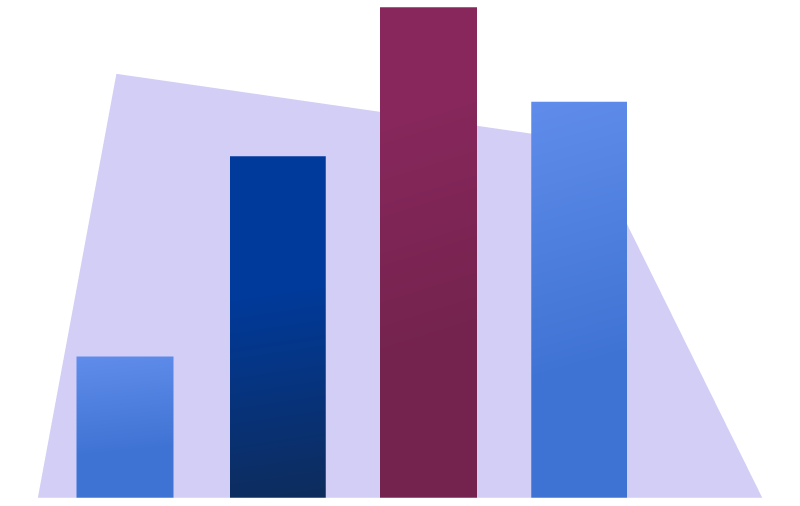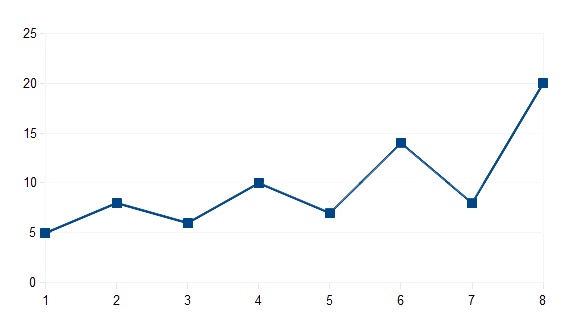Education is changing faster than ever, and technology is at the centre of this transformation. The latest EdTech Global Market Forecast Report 2025, with Key Player Profiles shows that the industry is set for explosive growth. From a market size of US $169.2 billion in 2024, EdTech is projected to hit US $395.19 billion by 2029, growing at a strong compound annual growth rate (CAGR) of 18.4%.
This forecast reflects more than just numbers. It represents the way education is becoming more digital, personalised, and accessible. In countries across Africa, including Nigeria, we are already seeing classrooms moving away from chalkboards and focusing more on smart devices, digital textbooks, and virtual learning platforms.
Globally, what is driving this growth is the increasing demand for remote learning, hybrid classrooms, and the flexibility that digital platforms offer to learners and teachers alike. The impact of artificial intelligence (AI), cloud technologies, and the wider availability of mobile devices cannot be overstated. Together, these trends are creating a new education culture that is no longer restricted by physical classrooms.
Table of Contents

Key Drivers Behind the Boom
One of the strongest drivers of the EdTech market is the shift from traditional classrooms to remote and hybrid learning models. What started as a pandemic necessity has now become a mainstream choice for students and professionals seeking continuous learning opportunities.
Governments are also backing this digital revolution. Many countries are investing heavily in digital education policies, with schools and universities encouraged to adopt online systems. In Nigeria, for instance, state governments are rolling out digital curriculum platforms and teacher training programmes that make it easier to integrate EdTech into classrooms.
Another important driver is the rise of cloud-based solutions. Cloud technologies make it easier for schools, colleges, and even enterprises to scale their learning platforms without the huge cost of maintaining hardware. This is particularly relevant in developing regions where budgets are tight, yet the demand for education remains very high.
Learners themselves are also shaping the EdTech market. Today’s students want personalised learning. They want apps and platforms that can adapt to their pace and style, whether they are fast learners or need extra support. EdTech companies are responding by offering smart platforms powered by AI and data analytics that recommend learning paths based on user behaviour.
Looking ahead, new technologies are likely to make learning even more engaging. Virtual Reality (VR) and Augmented Reality (AR) will help students experience lessons in 3D, while blockchain will improve the security and authenticity of digital certificates. Gamification, 5G connectivity, IoT-enabled smart classrooms, and digital twins will make interactive, hands-on learning a reality for millions.
Leading Players Reshaping the Industry
The EdTech Global Market Forecast Report 2025, with Key Player Profiles does not just focus on numbers—it also highlights the companies driving innovation.
- Accenture plc has strengthened its position with the acquisition of Udacity, folding it into its LearnVantage suite. This move allows Accenture to provide a blend of consultancy and digital learning solutions at scale, a trend many corporate organisations will follow.
- Lenovo Group Limited remains a key player, not just for its devices but also for its growing focus on building education-specific hardware and services.
- BYJU’S, the Indian EdTech giant, continues to dominate with its personalised learning app, though it faces increasing competition globally.
- Stride Inc. is known for its K-12 solutions in the US, offering online schooling options that became especially popular during the pandemic years.
- VIPKid, which connects students with English teachers worldwide, is a strong player in online tutoring and personalised learning.

Beyond these big names, the report lists other influential companies such as Duolingo, Coursera, Udemy, Chegg, PowerSchool, Anthology, and 2U. Each of them is playing a unique role, from language learning and MOOCs (Massive Open Online Courses) to higher education platforms and learning management systems.
These companies are not just competing—they are collaborating. Partnerships, mergers, and acquisitions are shaping the industry, with firms looking for ways to strengthen their portfolios and reach global learners. For example, the Accenture-Udacity deal reflects how EdTech is no longer just about standalone apps but about building integrated ecosystems.
What the Future Holds
The scope of the EdTech Global Market Forecast Report 2025, with Key Player Profiles goes beyond financials. It provides insights into the market’s segmentation—by technology type (like LMS platforms, mobile learning apps, smart classrooms), components (hardware, software, services), and deployment (cloud versus on-premise). It also breaks down the applications for different users: K-12, higher education, individual learners, and corporate training.
This segmentation is important because it shows that EdTech is not just for students in classrooms. Corporates are increasingly turning to digital learning for workforce training, reskilling, and professional development. In Nigeria, fintech companies, telecoms, and even oil and gas firms are using EdTech solutions to keep staff updated with new skills.
Looking ahead, the next few years will see blended learning—a mix of online and physical learning—become the standard. Schools in Lagos, Abuja, and Port Harcourt are already experimenting with digital tools to complement teaching. Meanwhile, universities are offering hybrid courses to attract international students without requiring full relocation.
There are challenges, of course. Internet access and affordability remain hurdles in many parts of Africa. But with government and private sector partnerships, progress is being made. The Nigerian Communications Commission (NCC) continues to push for broader 4G and 5G rollouts, which will make EdTech platforms more accessible to rural learners.
The forecast shows that EdTech is not a passing trend—it is a new foundation for global education. By 2029, the sector’s near-$400 billion valuation will reflect not only profitability but also its social value in making education more inclusive and adaptable.

Conclusion
The EdTech Global Market Forecast Report 2025, with Key Player Profiles gives us a clear picture: education is no longer confined to physical spaces. The digital shift is real, fast, and unstoppable. From giants like Accenture and BYJU’S to nimble startups across Africa, the future of learning will be driven by innovation, accessibility, and the ability to meet learners wherever they are.
For Nigeria and other developing nations, this presents an opportunity to leapfrog traditional barriers. With the right investment and policies, EdTech can help bridge the education gap and prepare millions of young people for the future of work.
Join Our Social Media Channels:
WhatsApp: NaijaEyes
Facebook: NaijaEyes
Twitter: NaijaEyes
Instagram: NaijaEyes
TikTok: NaijaEyes







































